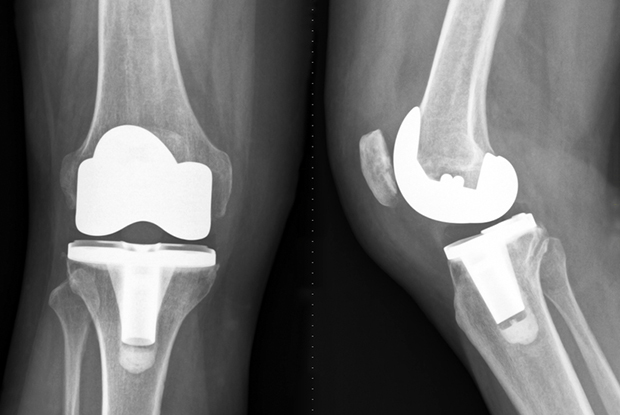When Should You See a Sports Physiotherapist?
Whether you’re an elite athlete, a weekend warrior, or someone who enjoys an active lifestyle, injuries and physical discomfort can slow you down. One of the most common questions I hear is, “When should I see a physiotherapist?” Many people wait too long before seeking professional help, which can lead to prolonged recovery times and even chronic issues. In this blog, I’ll outline key signs that indicate it’s time to see a physiotherapist and how early intervention can make all the difference.
1. Persistent Pain That Won’t Go Away
Pain is your body’s way of signalling that something is wrong. If you’re experiencing persistent pain that lasts more than a few days, or if it worsens with activity, it’s time to seek help. Ignoring pain can lead to compensatory movements that may create further issues down the line.
2. Recurrent or Chronic Injuries
Do you find yourself dealing with

the same injuries over and over? Whether it’s a recurring ankle sprain, persistent knee pain, or an old shoulder injury that flares up, physiotherapy can help identify the root cause and provide strategies to break the cycle.
3. Limited Range of Motion or joint stiffness
Struggling to reach overhead, bend forward, or rotate your neck comfortably? A loss of flexibility and mobility can limit your performance and increase the risk of injury. A sports physiotherapist can assess your movement patterns and provide tailored interventions to restore optimal function.
4. Post-Surgery or Injury Recovery
Recovering from surgery, fractures, ligament tears, or muscle strains? Physiotherapy is essential for regai

ning strength, mobility, and function. A structured rehab plan ensures a safe and effective recovery while reducing the likelihood of re-injury.
5. Difficulty with Sports Performance or Training Plateaus
Are you struggling to improve despite consistent training? Physiotherapy isn’t just for injury recovery—it’s also a powerful tool for performance enhancement. A physiotherapist can analyse your movement, correct imbalances, and help you train smarter to prevent injuries while maximising performance.
6. Unexplained Aches and Pains After Exercise
It’s normal to feel sore after an intense workout, but ongoing or sharp pains are not. If you’re feeling discomfort during or after activity, it could be a sign of an underlying issue that needs professional assessment.

7. Preventative Care to Avoid Injuries
You don’t need to be injured to see a physiotherapist! Many athletes and active individuals incorporate physiotherapy into their routine for injury prevention. A physio can assess your movement mechanics, correct imbalances, and create a tailored plan to keep you injury-free.
Final Thoughts: Don’t Wait Until It’s Too Late!
The earlier you seek treatment, the faster and more effectively you can recover. Whether you’re dealing with pain, stiffness, or performance issues, a sports physiotherapist can help you stay active and injury-free.
If you’re unsure whether physiotherapy is right for you, book an assessment and get expert advice tailored to your needs. Your body will thank you!


